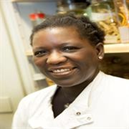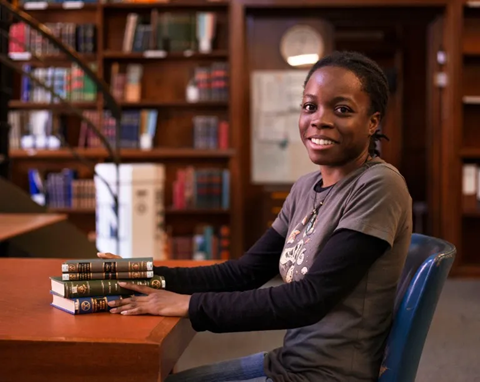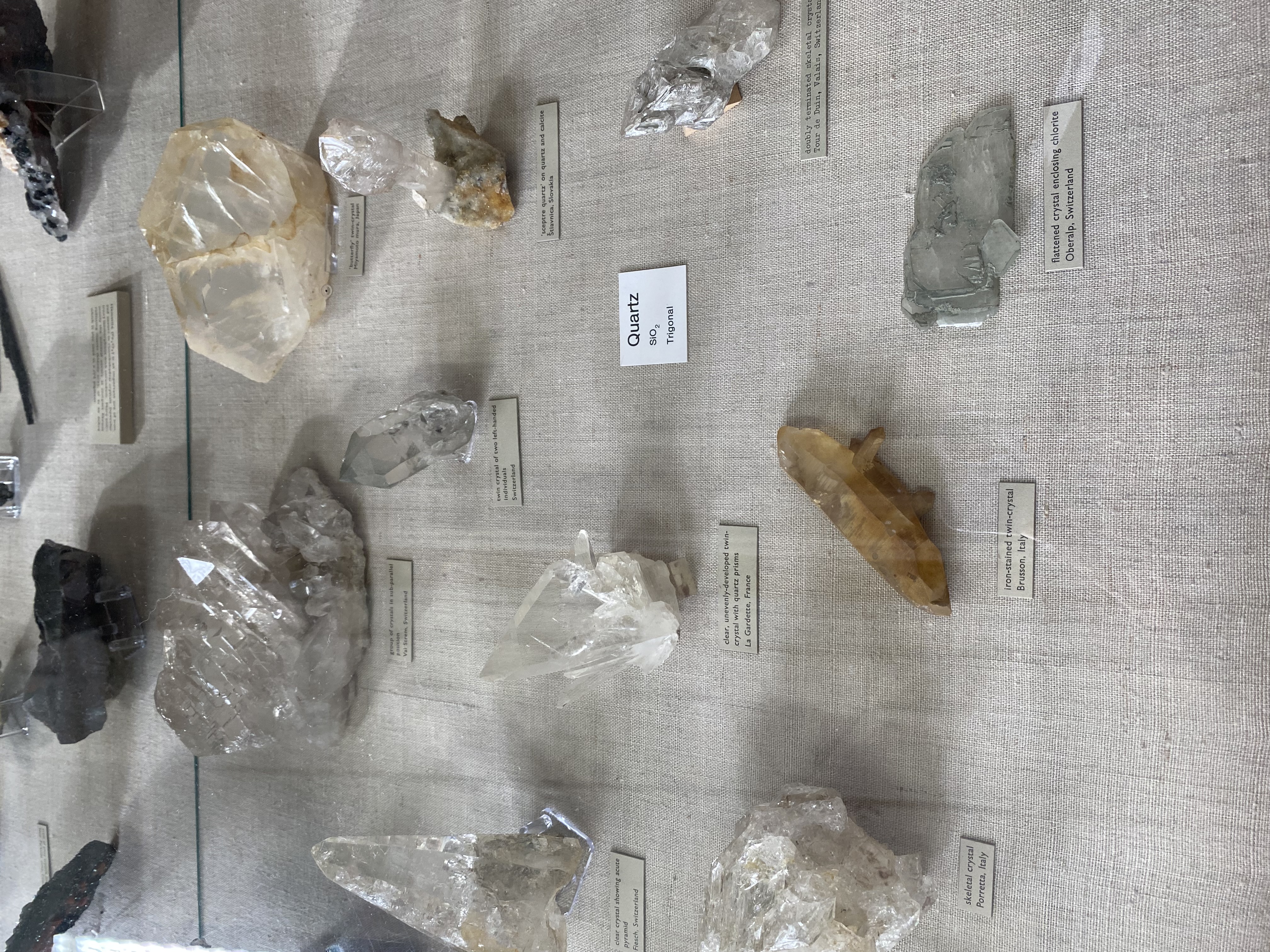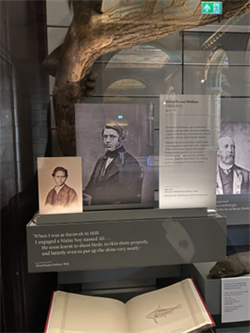Diib Abdi, Inclusive Education Assistant reflects on an event celebrating and recognising women of colour in science that took place at the Natural History Museum.
STEMinism
STEMinism matters…TeachFirst mentions that only 12% of engineers are female and just 13% of STEM workers at management level are women. TeachFirst comments:
We believe that a lack of representation (whether in textbooks or in front of the whiteboard) has damaging effects on gender-bias, leading to less girls taking these subjects further.
This is compounded for women of colour where there is a lack of representation in our corridors and in our displays.
Key figures
The Women in Science: Women of Colour tour begins with a short talk celebrating Katherine Johnson an African American mathematician and key figure in the representation of Black women in the science field. A young Katherine had an obsession with counting, whereby she would count her steps to school, church and the number of dishes she would wash. This influenced her career ahead in becoming a maths teacher. Katherine always strived in school particularly in maths where she was taught mathematical content beyond her years. At the age of 34, Katherine was scouted by the National Aeronautics and Space Administration (NASA) becoming the first Black women at the institute. This was a turning point that established more diversity at NASA in the years to come dismantling racism and segregation.
About the tour
The tour involved exploring different sections of the museum managed by various women of colour in science. The first being Miranda Lowe a curator of Crustacea who manages the museum collection. Miranda has been involved in breaking that barriers for ethnic minority staff at the Natural History Museum by creating a space to drive inclusion and diversity known as the museum detox.
Learn more about Miranda Lowe.
 Image courtsey of Natural History Museum
Image courtsey of Natural History Museum
Nadine Gabriel studied Geology at University College of London (UCL) and volunteered at the Natural History Museum where she later became the Curator of Mineralogy with a particular interest in quartz (one molecule of silicone and 2 molecules of oxygen).

Learn more about Nadine Gabriel.

Giving credit where it is due
Along the tour you will learn of the importance of giving credit where it is due. A majority of the collections within the museum were built on the exploitation of indigenous people through colonialism and thus this something that should be taken into account.

 Ali, 1905 via Wikimedia Commons
Ali, 1905 via Wikimedia Commons
Along the tour you will hear the story of a Malay boy named Ali who taught Alfred Russel Wallace (an English naturalist, biolgist and explorer) about the preservation of animal skin through a process known as taxidermy.
To learn more about Ali https://daily.jstor.org/ali-alfred-russel-wallaces-right-hand-gun/
Addressing the leaky pipeline
So the question remains of how to address the leaky pipeline and see more women of colour in acaedemia and STEM jobs where they belong – afterall, they have a long history of contributing to science and medicine from ancient history to today….
See Equal Representation in Academia (sgul.ac.uk)
Link to Women in Science tours at the Natural History Museum:
Women in Science Tour | Natural History Museum (nhm.ac.uk)
Read more…
Women in science and research at the Natural History Museum | Natural History Museum (nhm.ac.uk)
References:
Women of Color in STEM: The Past, Present, and Future | Maryville Online
STEM Jobs See Uneven Progress in Increasing Gender, Racial and Ethnic Diversity | Pew Research Center
Diib Abdi
Professional Training Year Student | Inclusive Education Assistant